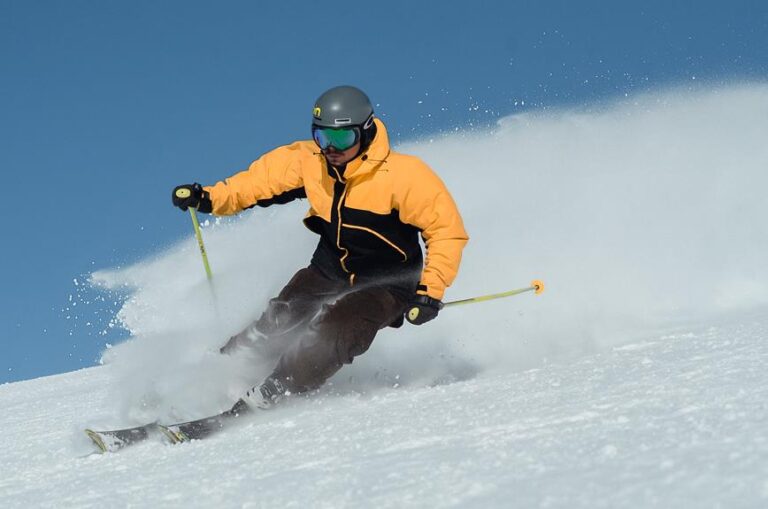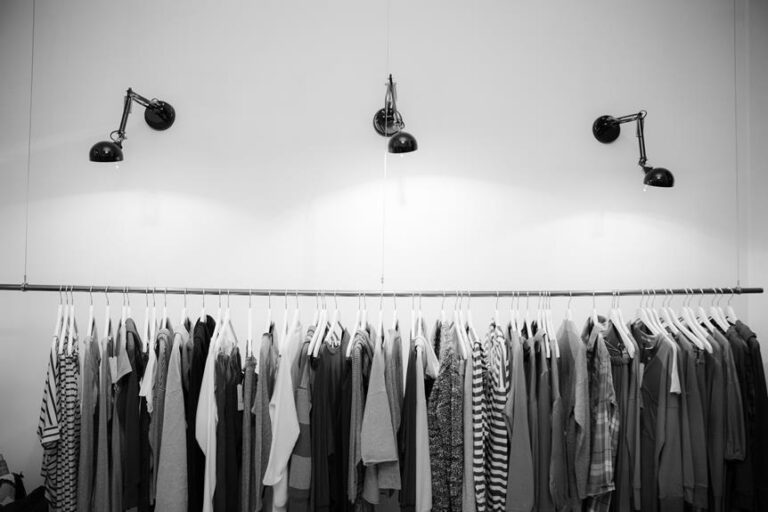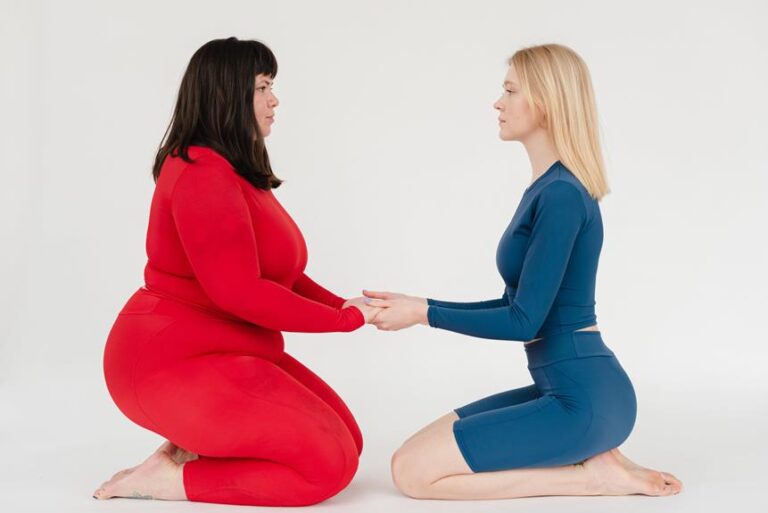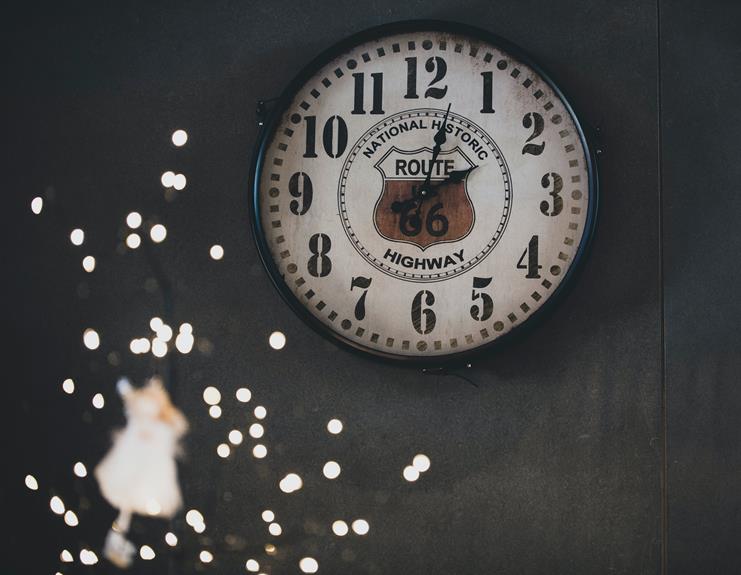Is There a Left and Right Ski – Must Read Insights!
As the saying goes, 'There are two sides to every coin.' In the world of skiing, this adage may also apply to the question of whether there is a left and right ski. It's a topic that sparks curiosity and debate among skiers of all levels.
You may have heard conflicting opinions or encountered skiers who swear by one way or the other. So, what's the truth? Is there a definitive answer? Well, get ready to challenge your assumptions, because the answer may not be as straightforward as you think.
Ski Design and Symmetrical Shape
Are skis designed with a symmetrical shape?
When it comes to ski design, most skis don't have specific left and right sides. This means that it typically doesn't matter which foot goes into which ski. Whether you put your right foot in the left ski or your left foot in the right ski, it won't affect your skiing experience. The important thing is that you have a pair of skis that are compatible with your boots.
While specialized slalom skis may have modified tips to avoid hooking gates, they generally don't have specific left and right sides either. However, it's worth noting that there are asymmetrical skis available. These skis have uneven dimensions, which can improve performance in changing conditions. They excel in freestyle and backcountry situations. But even with these asymmetrical skis, you still won't find a designated left or right ski.
The Myth of Left and Right Skis
When it comes to ski design, the idea of left and right skis is often misunderstood and can be considered a myth. While some specialized skis, such as slalom skis and asymmetrical skis, do require specific left and right sides, the majority of skis do not.
Here are some facts to debunk the myth of left and right skis:
- Most skis don't require specific left or right sides, except for specialized slalom skis and asymmetrical skis.
- Asymmetrical skis are designed to excel in freestyle and backcountry situations, offering better performance in variable snow conditions and enabling quicker, unpredictable turns.
- Boot compatibility with skis is determined by binding type, with different boots designed for alpine, alpine touring, cross country, and telemark bindings.
- Different types of boot soles, such as those for alpine, alpine touring, cross country, and telemark boots, require matching bindings for optimal performance.
Factors That Contribute to the Misconception
Factors such as labeling by ski manufacturers and the curvature of ski tips on certain models have contributed to the misconception that there is a specific left and right ski. While it is true that some ski manufacturers may label their skis with left and right markings, this is often done for convenience rather than indicating a true difference between the skis. The curvature of ski tips on certain models, like Atomic skis, can also create the perception that the same ski should be consistently worn on the same foot. However, this is not the case for all skis.
In recent years, there has been a growing awareness that the belief in left and right skis is a misconception. Skiing technique emphasizes the inside edge of the ski, which is the edge closer to the center of the body when making turns. This concept has been misinterpreted as the need for specific left and right skis, leading to confusion and the perpetuation of the myth.
To further debunk this misconception, let's take a look at the following table:
| Factors That Contribute to the Misconception | Facts | Emotion |
|---|---|---|
| Labeling by ski manufacturers | Misleading information | Confusion |
| Curvature of ski tips on certain models | Perception of difference | Frustration |
| Misinterpretation of inside edge concept | Misunderstanding | Disbelief |
As you can see, these factors can evoke various emotions, ranging from confusion to frustration and disbelief. It is important to remember that there is no inherent difference between the left and right skis and that focusing on proper technique, such as edge control and weight distribution, is key to avoiding unpredictable turns.
The Interchangeability of Skis
To continue our exploration, let's now focus on the interchangeability of skis and how this relates to the misconception of left and right skis.
Contrary to popular belief, skis are actually interchangeable, meaning there's no specific left or right ski. Here are a few key points to consider:
- When it comes to performance, the most important factor is the ski's design and construction. The shape, camber, and flex of the ski all contribute to how it performs on the slopes.
- Skiing on two skis of the same length is much better for balance and control. This allows you to distribute your weight evenly and make smoother turns.
- Tail width is another important aspect to consider. A wider tail provides more stability, while a narrower tail allows for quicker turns.
- When putting on your skis, it doesn't matter which foot goes into which ski. What matters is the alignment of your bindings with the edge of the ski. Make sure they're properly adjusted and centered.
Personal Preferences and Superstitions Surrounding Ski Placement
Many skiers have personal preferences and superstitions when it comes to ski placement. While most skis are symmetrical and can be used interchangeably, some skiers believe that there's a difference between the left and right ski. These personal preferences and superstitions surrounding ski placement can vary greatly from skier to skier.
Some skiers have specific rituals or routines when it comes to which foot gets which ski. They may use stickers or markers to keep track of the pairing, ensuring that the same foot always goes in the same ski. This helps them feel more comfortable and confident on the slopes, as they believe that each ski has adapted to their specific foot and skiing style over time.
On the other hand, there are skiers who prefer to randomly pair their skis without any specific pattern. They believe that the skis are interchangeable and that there's no significant difference between the left and right ski. For them, it's more about convenience and ease of getting on the slopes quickly.
Ultimately, these personal preferences and superstitions surrounding ski placement are contextually relevant and specific to each individual skier. Whether you believe in the left and right ski or not, what matters most is finding a setup that feels comfortable and allows you to perform at your best on the slopes.
Frequently Asked Questions
How Do You Tell Which Ski Is Right and Left?
To tell which ski is right and left, check for specialized tips, uneven dimensions, or the inside edge taking more pressure in turns. Alternating ski usage can also prolong their lifespan.
Is There a Right and Left Cross Country Ski?
In cross country skiing, there is no specific left or right ski. However, proper technique, weight distribution, and using the correct skis are important. Adjusting bindings can optimize performance and prevent common mistakes.
What Is Skiers Right and Left?
When it comes to skiing technique, equipment, safety, lessons, competitions, and resorts, understanding skier's right and left is important. It helps you adjust your stance and find the most comfortable fit for your skis.
Why Do Skiers Go Side to Side?
When skiing, you go side to side to control your speed and direction. It's all about using different techniques like carving and skidding, balancing your weight, and engaging your muscles to make smooth turns and navigate the slopes.
Conclusion
In conclusion, while there may be slight variations in ski design and personal preferences, there's generally no definitive left or right ski. Most skis are symmetrical and can be used interchangeably.
The idea of left and right skis is largely a myth and misconception. Ultimately, it's recommended to try both ways and determine which feels more comfortable for each individual.
So, go out there, hit the slopes, and find your perfect ski setup!






